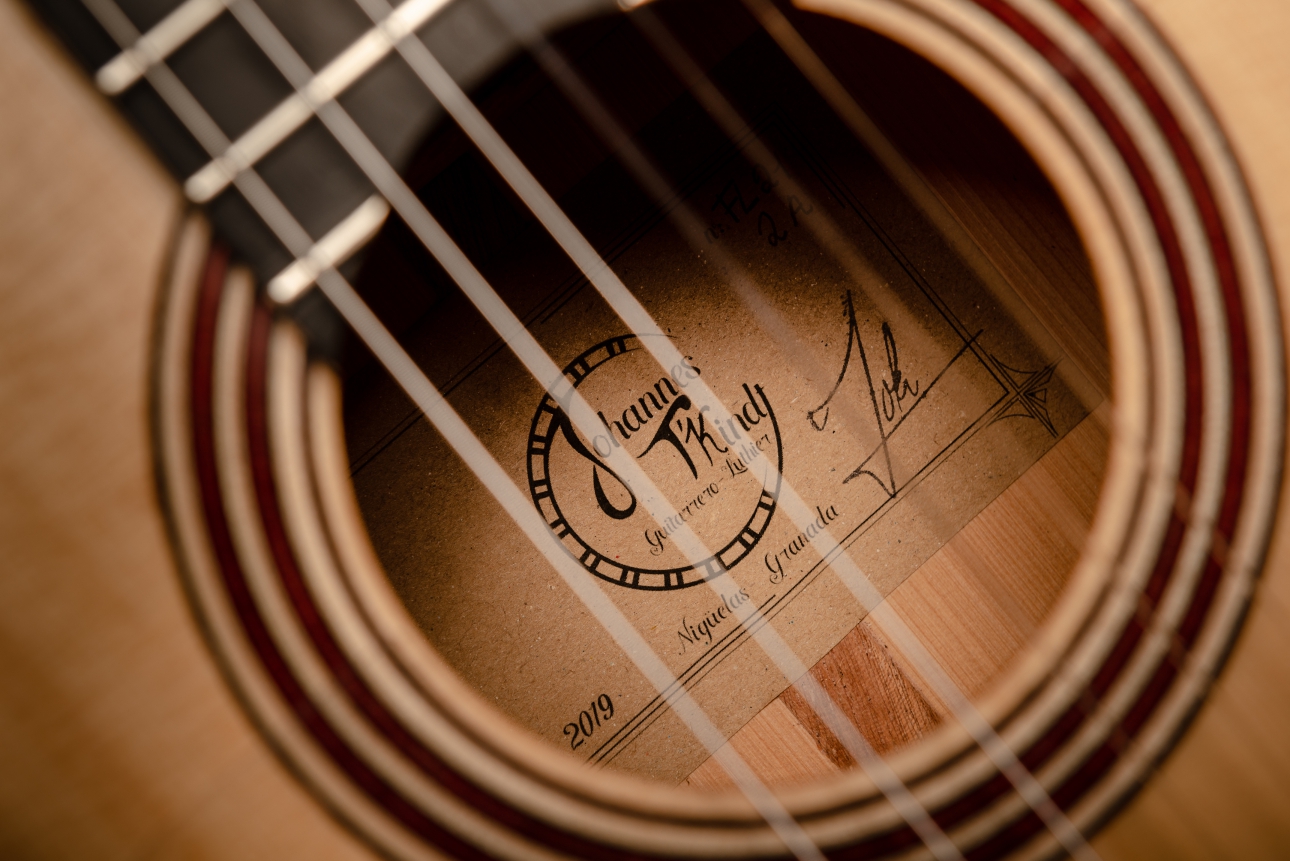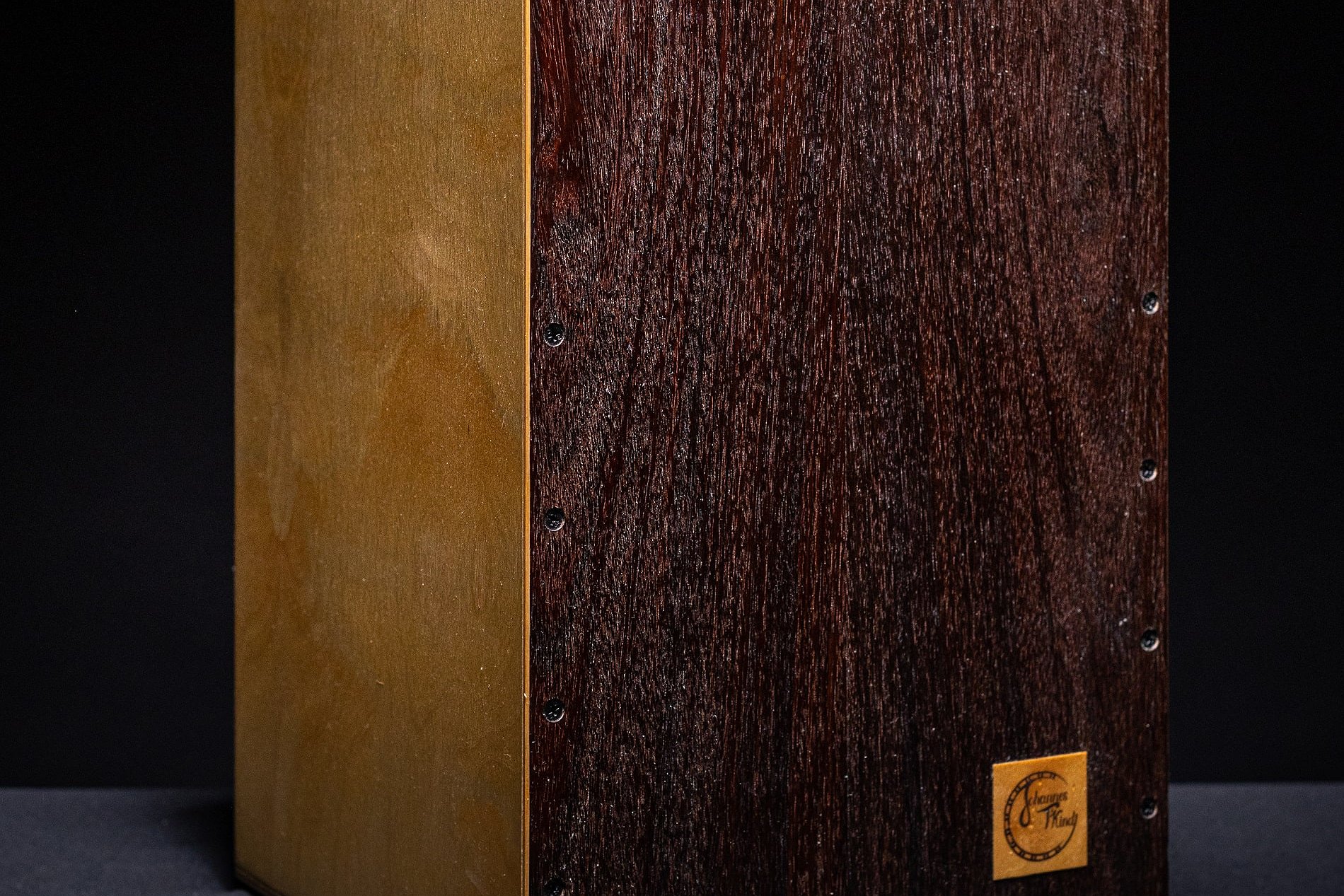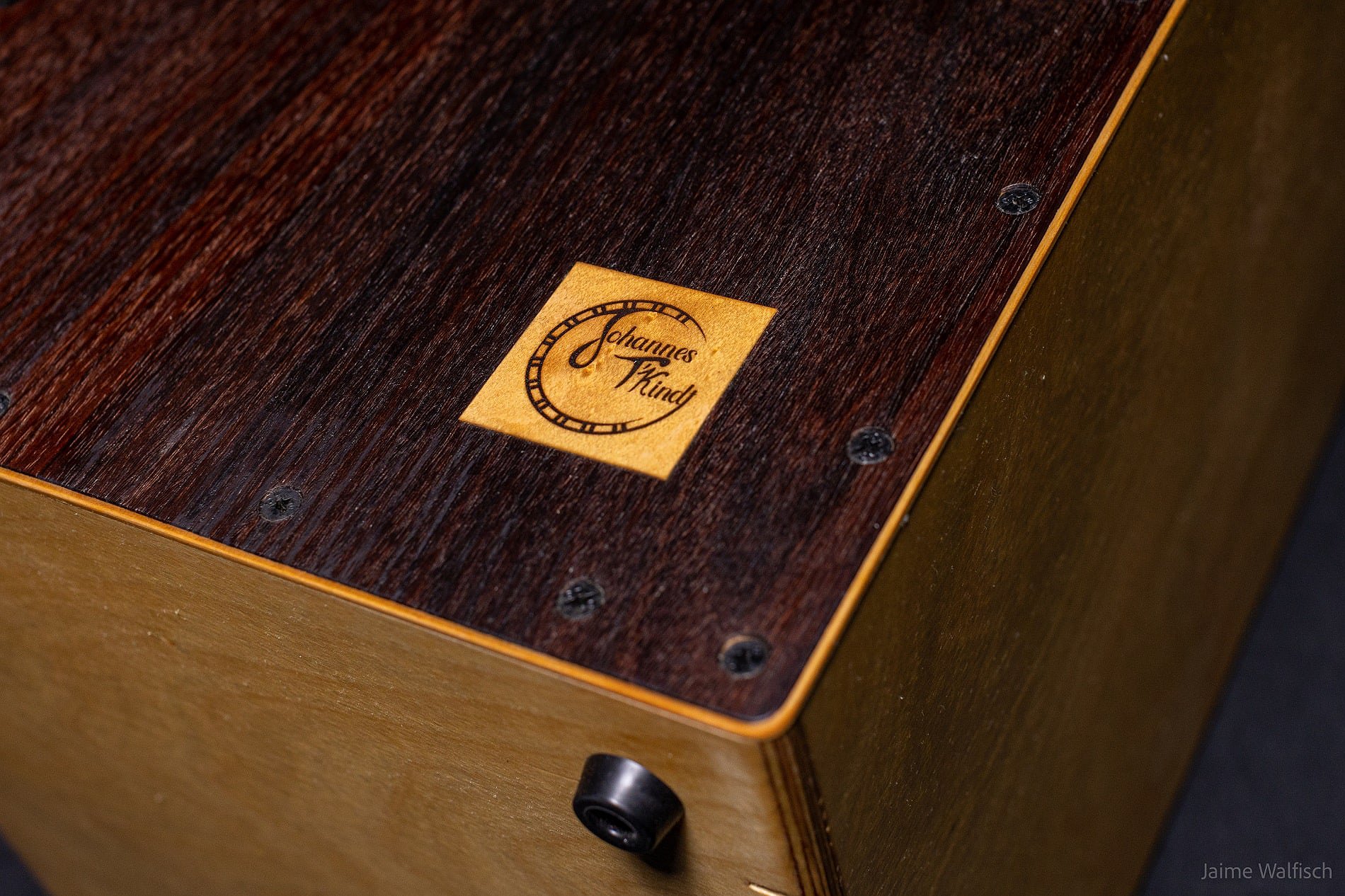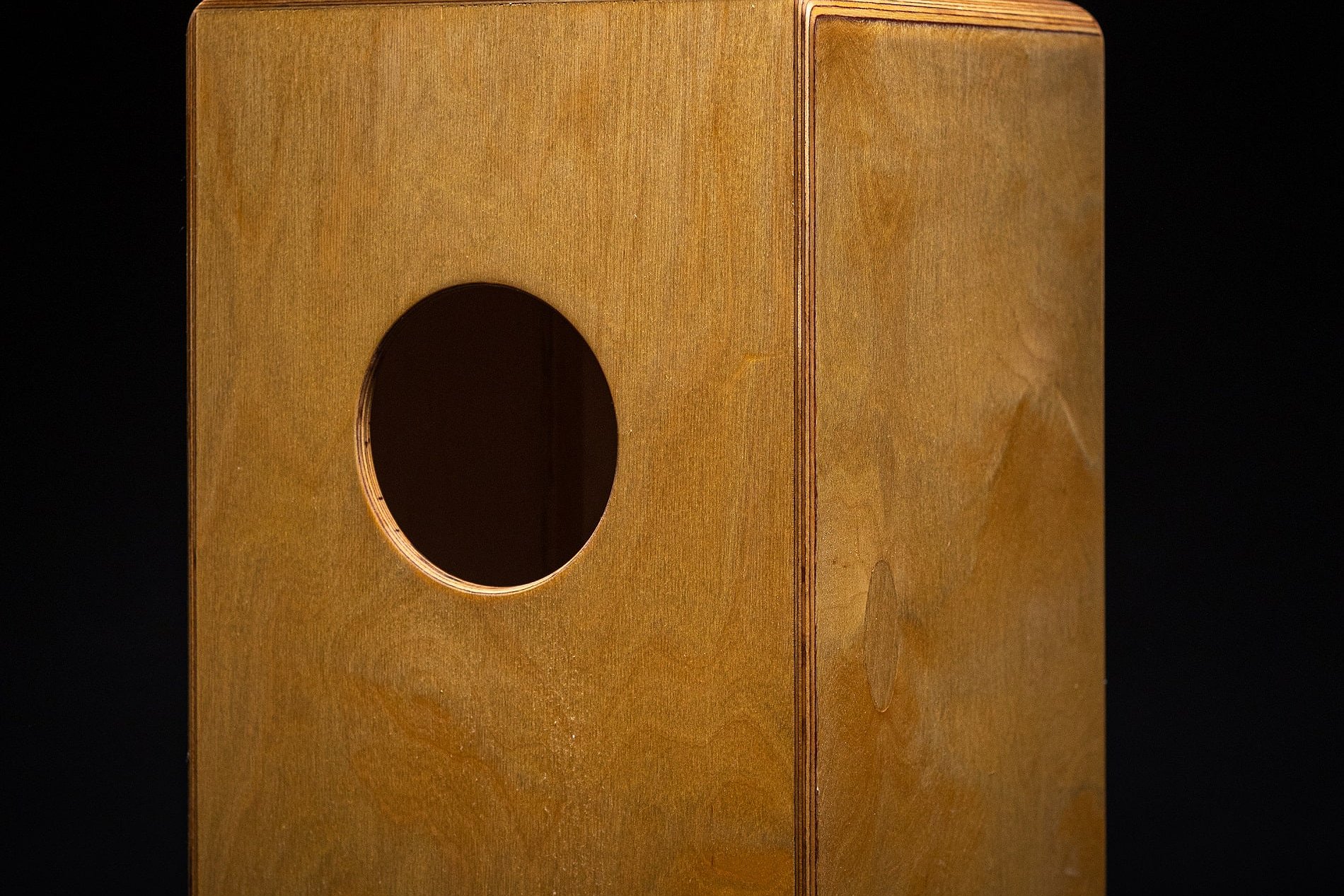Flamenco Cajón
Description
As a luthier, I am always exploring new techniques and experimenting with different instruments.
My endless curiosity prevents me from focusing on just one interest, so I am constantly thinking about creating different instruments. In this craft, there are always new techniques and methods to learn—the journey of a luthier never truly ends.
Driven by this same curiosity, I began making flamenco cajóns, an instrument I continue to refine over time.
The cajón is a relatively recent addition to flamenco, jazz, and other musical genres. It crossed the Atlantic in 1977, brought by Paco de Lucía and Rubem Dantas.
During a tour of Latin America, the percussionist from Paco de Lucía and Ramón de Algeciras' band played a cajón for the first time at a gathering hosted by the Spanish Ambassador in Peru. Fascinated by its sound, Rubem Dantas introduced the instrument to Spain, where it quickly became part of the music scene.
Since then, the cajón has become an essential element of flamenco and is now used in a wide range of musical genres worldwide.
Inside the instrument, several strings run from top to bottom behind the soundboard (the front panel), creating a snare-like effect.
We craft the soundboard using thin plywood, decorated with veneer from woods such as cocobolo, Indian rosewood, bubinga, and flamed maple, among others.
The cajón’s body is typically made from 9 mm plywood, but we also offer solid wood construction upon request. Options include walnut, maple, and chestnut.





